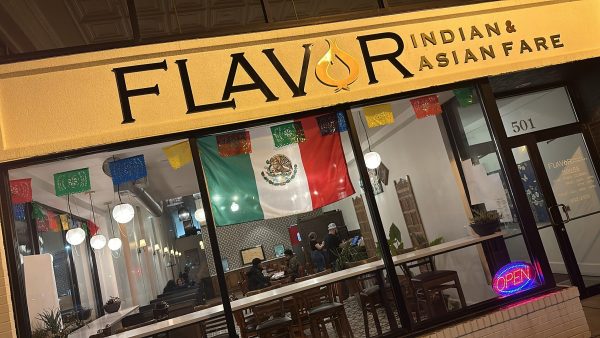Traditions of passover not forgotten
April 25, 2005
Edward Kearns
Every year, on the 15th day of the month of Nissan, Jewish families around the world gather to begin the eight-day celebration of Pesach, or Passover. Because the day begins at sundown the first night of Passover was April 23 this year.
Passover is the celebration of the exodus of the Israelites from Egypt. Scriptures say that during this time Moses, the adopted brother of the great Pharaoh Ramses II, demanded that Pharaoh release the enslaved Hebrew people or suffer the wrath of God.
Time and time again, Pharaoh refused, regardless of the plagues that fell upon his nation.
Moses then instructed the Hebrews to spread the blood of a lamb over their doorways so that their houses would be passed over while God struck down the first-born son of all the houses of Egypt.
Pharaoh finally gave in and released the Israelites. The group hadn’t gotten far before Pharaoh’s armies tracked them down. With one last miracle, Moses parted the waters of the Red Sea and the Israelites passed safely to the other side. While they were destined to wander in the desert for 40 years, they were able to do so as free people.
Today, lavish meals, called Seders, adorn the tables of Jewish families on the first two nights of Passover.
Many families use special foods, plates and silverware for these meals. Foods containing yeast are not allowed during Passover.
Instead families eat foods containing matzoh, to commemorate the Israelites who didn’t have time for their bread to rise and baked the dough into hard crackers in the desert.
Families also retell the story of the exodus during the celebration. The songs, stories and food make the Seder the focal point of Passover.
Holidays are an important part of modern life. Often, they are the only times families can get together.
Holidays can celebrate many things – our freedom, our faith or our families. One thing they all have in common is sharing good company.



















